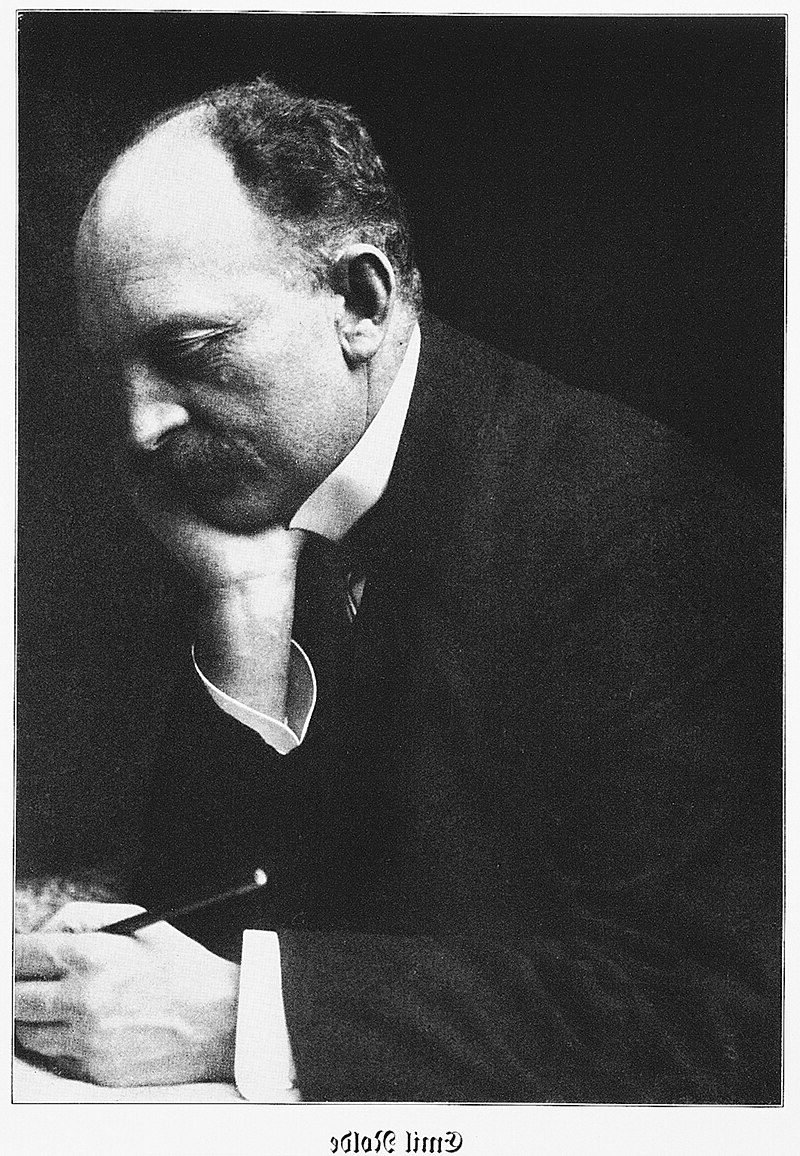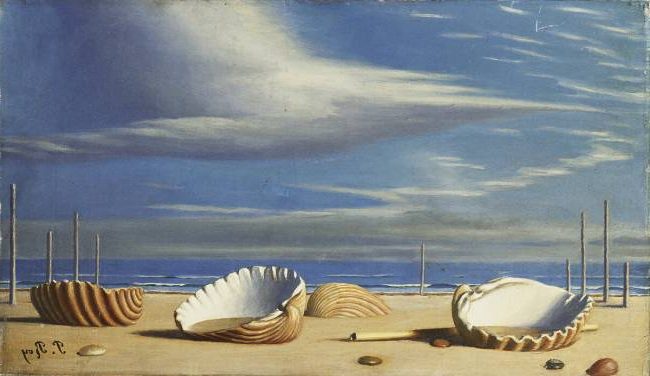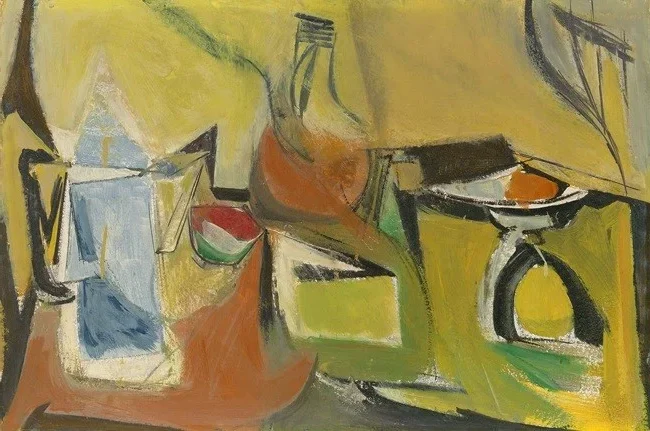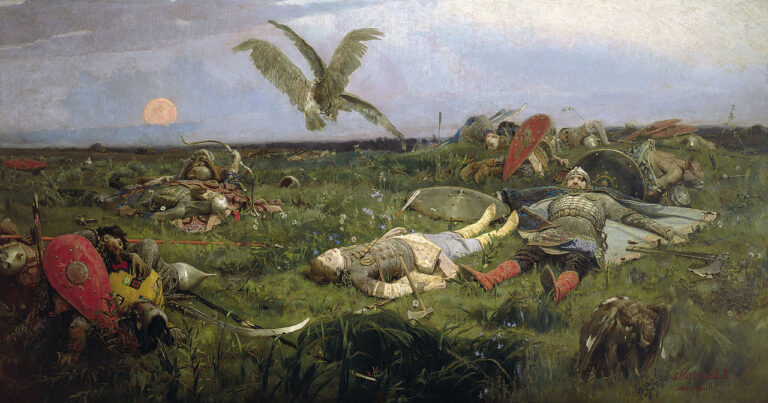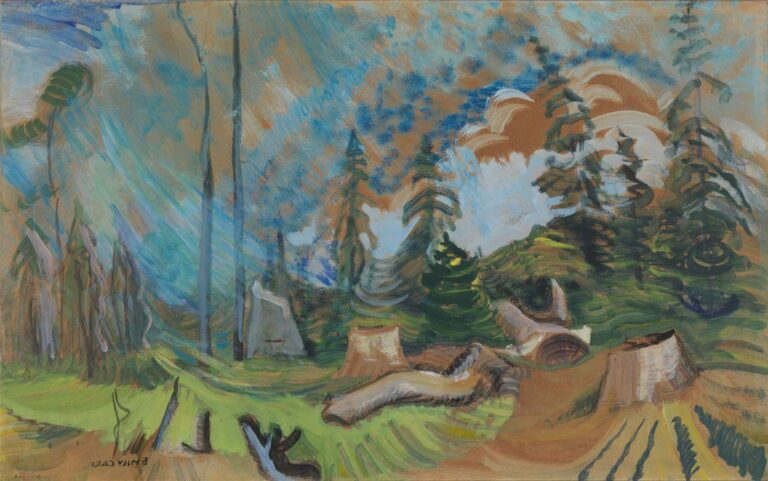Emil Nolde: Painter and Expressionist Pioneer of the German Avant-Garde
Born: 7 August 1867, Nolde, North German Confederation
Death: 13 April 1956, Schleswig-Holstein, West Germany
Art Movement: Expressionism
Nationality: German-Danish
Institution: School of Applied Arts, Karlsruhe
Emil Nolde: Painter and Expressionist Pioneer of the German Avant-Garde
Life and Career of Emil Nolde
Emil Nolde was a German-Danish painter who made significant contributions to Expressionism. His life and work spanned major artistic movements and historical events of the early 20th century.
Early Years and Artistic Formation
Emil Hansen was born in 1867 in the village of Nolde, Denmark. He grew up on a farm but felt drawn to art from a young age.
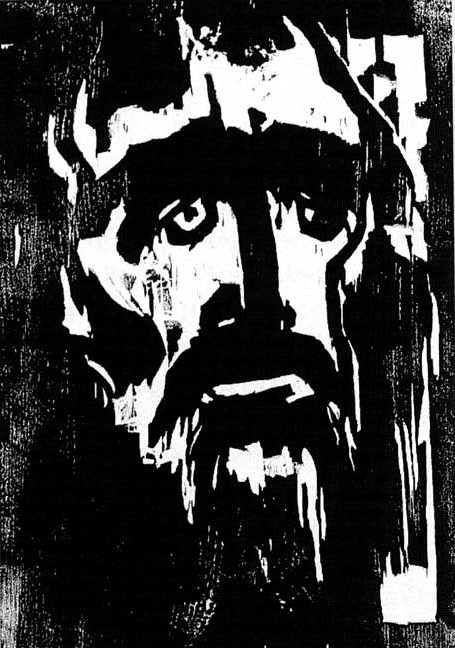
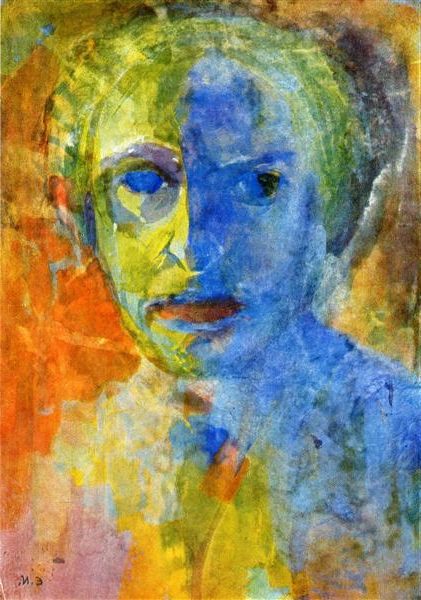
At 17, he began an apprenticeship in furniture design and woodcarving.
In 1889, Nolde enrolled at the School of Applied Arts in Karlsruhe to study art formally.
Nolde took the name of his birthplace as his surname in 1902. He married Ada Vilstrup in 1902, and the couple moved to Berlin in 1905 to pursue artistic opportunities.
Association with Die Brücke and Berlin Secession
In 1906, Nolde briefly joined Die Brücke, a group of German Expressionist artists. Though his time with them was short, it influenced his bold use of color and expressive style.
Nolde became part of the Berlin Secession, an artist association, in 1908. He exhibited with them but later had disagreements with the group’s leadership.
His paintings from this period feature vibrant colors and emotional intensity. Nolde’s work gained recognition, and he began to establish himself in the art world.
Conflict with the Nazis and Degenerate Art
Despite initially supporting the Nazi Party, Nolde faced persecution during the Third Reich. In 1937, over 1,000 of his works were removed from museums and labeled “degenerate art.”
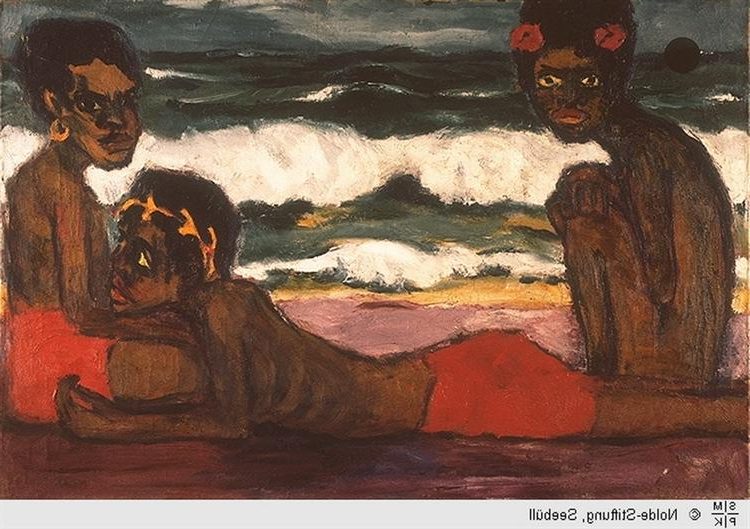
Papuan Youth (Papua-Jünglinge), 1914 by Emil Nolde
The Nazis banned Nolde from painting in 1941. He continued to create watercolors in secret, calling them his “unpainted pictures.”
This period was difficult for Nolde, but he remained in Germany throughout World War II.
Later Years and Legacy
After the war, Nolde’s reputation was restored. He received numerous honors, including the German Order of Merit in 1952.
Nolde died in 1956 at his home in Seebüll, Germany. He left behind a large body of work, including oils, watercolors, and prints.
Today, Nolde is recognized as a key figure in German Expressionism. His vibrant use of color and emotional intensity continue to influence artists.
Museums worldwide display his paintings, and his former home in Seebüll is now a museum dedicated to his art and life.
Artistic Style and Major Works
Emil Nolde was a key figure in German Expressionism. His bold use of color and emotional brushwork defined his unique artistic style across paintings, watercolors, and prints.

Burial (Grablegung), 1915 by Emil Nolde
Evolution of Expressionist Techniques
Nolde’s early works showed influences from Impressionism and Post-Impressionism. He later developed a more intense Expressionist style.
Nolde used vivid colors and thick brushstrokes to express strong emotions. His paintings often featured religious subjects, landscapes, and figures.
Nolde’s colors became bolder over time. He favored deep reds, bright yellows, and rich blues.
Nolde joined the Brücke group of Expressionist artists in 1906. This shaped his artistic development. He left the group after a year but kept using Expressionist techniques.
Famous Paintings and Watercolors
Nolde created many notable oil paintings and watercolors. “The Last Supper” (1909) is one of his most famous religious works. It shows the biblical scene with intense colors and distorted figures.
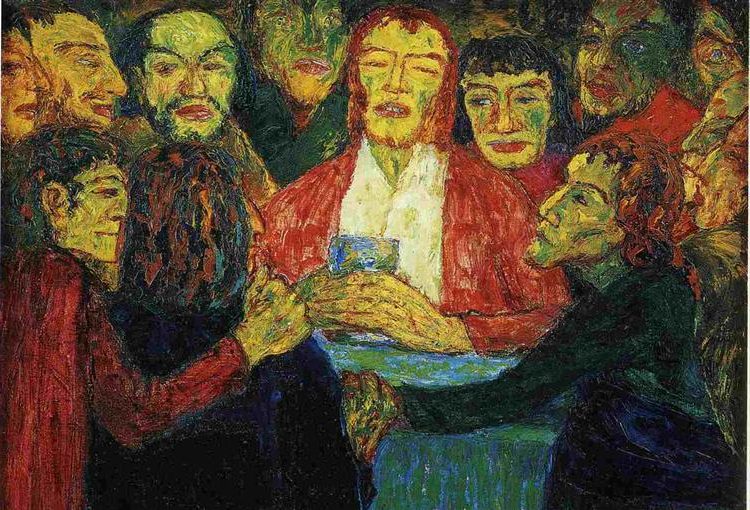
The Last Supper (1909) by Emil Nolde
His landscape “Sea with Violet Clouds” (1946) captures the drama of nature. Nolde used deep blues and purples to create a moody atmosphere.
Nolde also made colorful flower paintings. “Red Poppies” (1920) is a vibrant example of his floral art. He painted many watercolor landscapes of the North Sea coast.
Printmaking and Woodcut Contribution
Nolde was an important printmaker. He made over 500 woodcuts, etchings, and lithographs. His woodcuts stood out for their rough, expressive style.
“The Prophet” (1912) is one of Nolde’s best-known woodcuts. It shows a powerful, primitive figure with bold black lines.
Nolde’s prints often had religious or mythological themes. He also made colorful woodcuts of flowers and landscapes.
These prints helped spread Expressionist ideas to a wider audience. Nolde’s printmaking techniques influenced later German Expressionist artists.
Nolde’s Impact and Contributions
Emil Nolde left a lasting mark on modern art through his bold use of color and expressive style. His work shaped German Expressionism and influenced later artists.
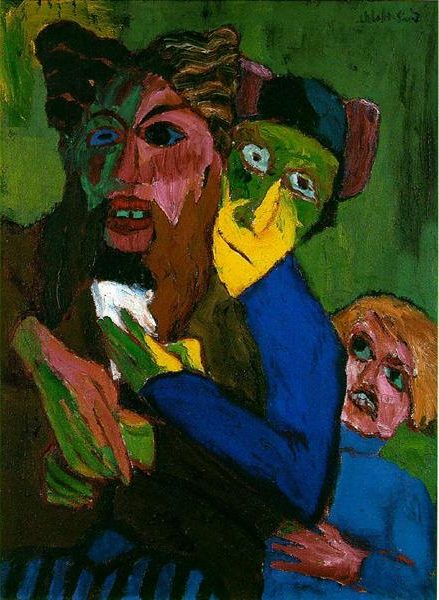
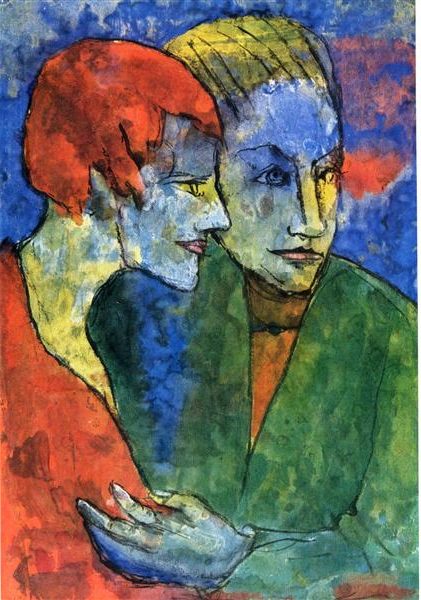
Influence on Modern Art Movements
Nolde played a key role in Die Brücke, an early Expressionist group. His intense colors and emotional paintings inspired other artists. Nolde’s work bridged older German art traditions with new ideas.
He pushed the limits of color in painting. This approach influenced later abstract artists. Nolde’s religious paintings brought new life to spiritual themes in art.
His focus on “primitive” art forms shaped how other artists viewed non-Western cultures. This interest in primitivism was shared by artists like Ernst Ludwig Kirchner.
Recognition and Controversy
Nolde gained fame for his vibrant paintings. Many saw him as one of Germany’s greatest modern artists. Max Liebermann praised Nolde’s talent early on.
But Nolde’s legacy is complex. He held anti-Semitic views and supported the Nazi party. This has led to debates about how to view his art.
The Nazis labeled Nolde’s work as “degenerate” despite his support. They removed his paintings from museums. This odd twist adds to the complicated nature of Nolde’s place in art history.
Preservation of Nolde’s Work
The Nolde Museum in Seebüll, Germany protects much of the artist’s work. It was Nolde’s home and is now open to the public.
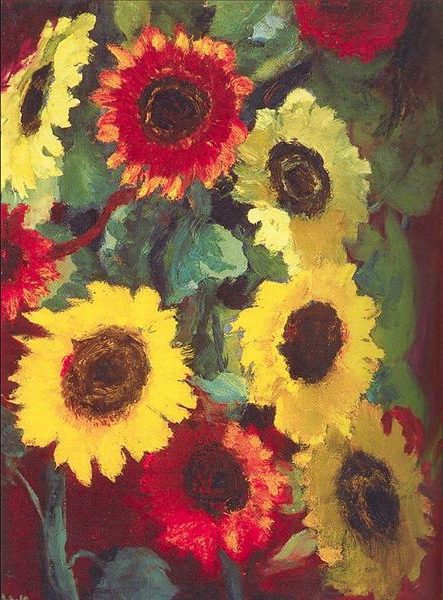
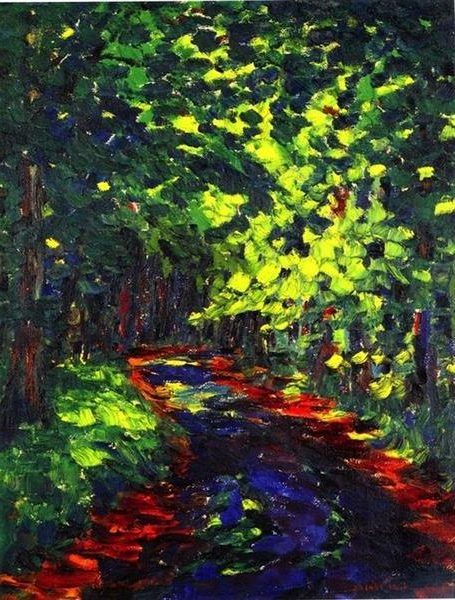
The museum holds many of Nolde’s paintings and prints. It also keeps his personal items and letters. This helps researchers study Nolde’s life and art.
Berlin and Dresden museums also have key Nolde works. These include his famous religious images and colorful landscapes.
Efforts to preserve Nolde’s art ensure future generations can study his impact. It also keeps the debate about his legacy alive.
Frequently Asked Questions
Emil Nolde was a key figure in German Expressionism. His bold use of color and emotional style shaped modern art. Nolde’s work can be found in top museums worldwide.
What are Emil Nolde’s most influential contributions to modern art?
Nolde helped pioneer Expressionism in the early 20th century. He was known for his vivid colors and raw emotion in paintings. His work inspired many other artists of his time.
Nolde’s watercolors were groundbreaking. He used fluid, spontaneous techniques to capture fleeting moments. This approach influenced later abstract artists.
How did Emil Nolde’s style evolve throughout his career?
Nolde’s early work was more traditional. He painted landscapes and rural scenes. Over time, his style became bolder and more expressive.
His colors grew more intense. His brushwork became looser and more energetic. Nolde began to focus on spiritual and religious themes later in life.
Which museums around the world feature notable collections of Emil Nolde’s work?
The Nolde Foundation Seebüll in Germany has the largest collection. It includes paintings, watercolors, and prints.
Other major collections are at:
- Museum of Modern Art, New York
- Städel Museum, Frankfurt
- Kunsthalle Hamburg, Germany
How did the historical context of Emil Nolde’s time influence his artwork?
Nolde lived through turbulent times in Germany. World War I and the rise of Nazism affected his work. He joined the Nazi Party but was later labeled a “degenerate artist.”
This led to a ban on his work. Nolde then created his secret “Unpainted Pictures” series. These small watercolors expressed his artistic vision during the ban.
Can you describe Emil Nolde’s techniques and materials used in his paintings?
Nolde favored oil paints and watercolors. He often used thick, textured brushstrokes in his oil paintings. This gave his work a bold, energetic feel.
For watercolors, Nolde used wet-on-wet techniques. He let colors blend and flow on the paper. This created vibrant, dreamlike effects in his work.
What is the significance of Emil Nolde’s ‘Unpainted Pictures’ series?
The “Unpainted Pictures” were created during Nazi rule. Nolde was forbidden from painting, so he made small watercolors in secret.
These works show Nolde’s creativity under pressure. They are more abstract and imaginative than his earlier work. The series is seen as a testament to artistic freedom.


